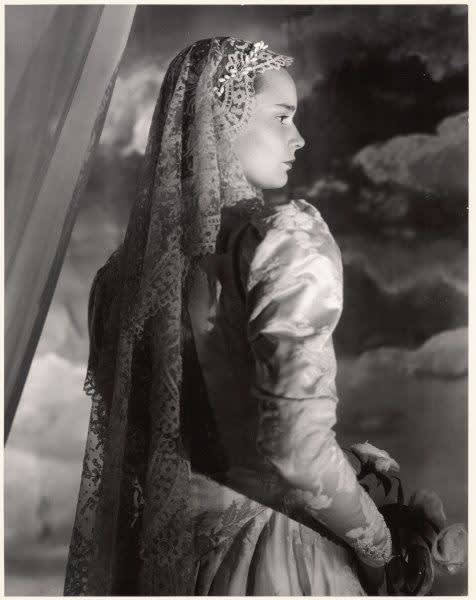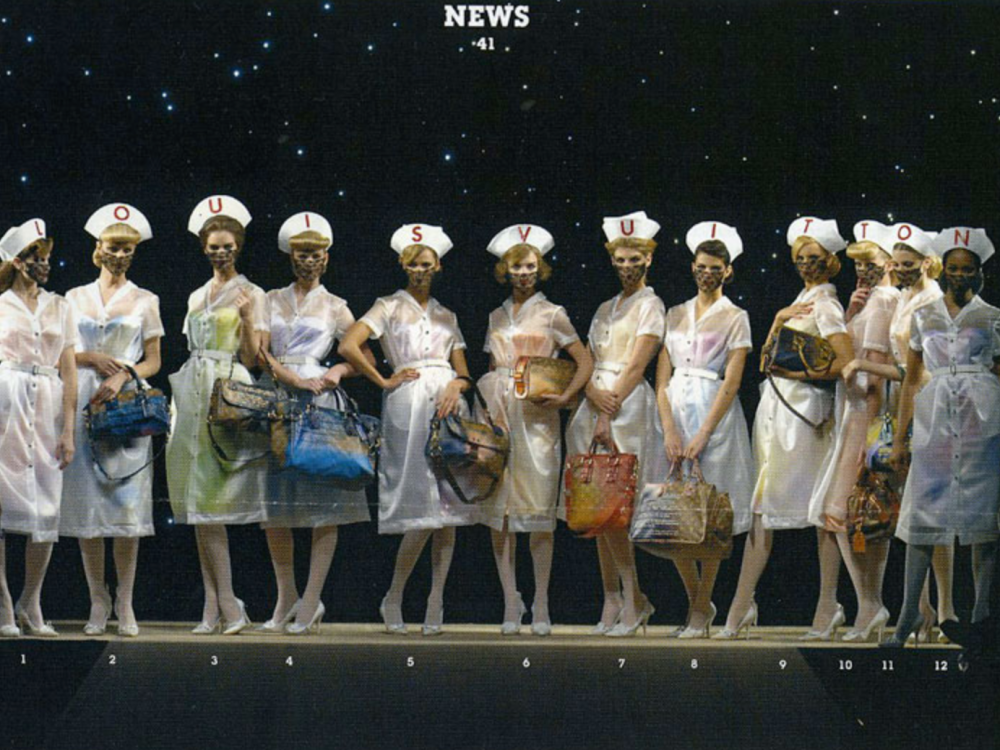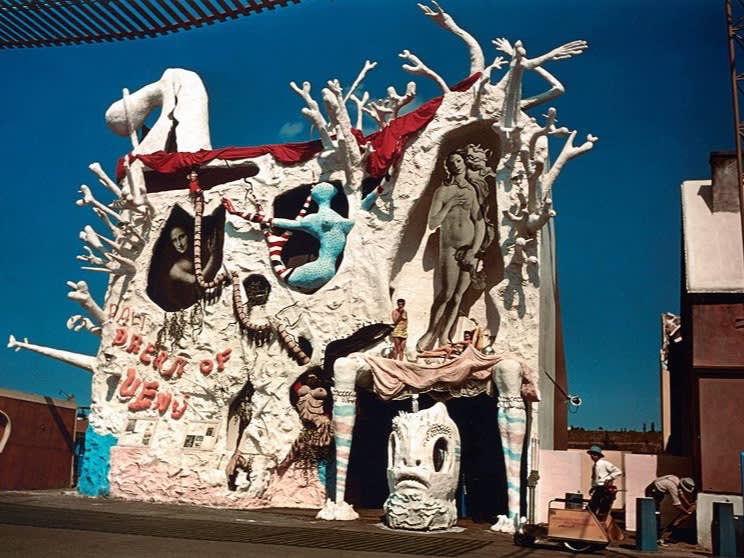On rare occasion, runway shows take place that transcend fashion and into the realm of performance art. While these unique instances occur with increasing scarcity, Yohji Yamamoto’s spring/summer 1999 presentation will forever serve as a preeminent example of such cases, having transported show-goers into a transitory state of uninterrupted artistic bliss.
In the late 1990s, Yohji Yamamoto – fascinated by the complexities associated with the western tradition of weddings – presented two collections inspired by this theme. For spring/summer 1999, the latter of the two shows, Yamamoto maintained his position as a figurehead of avant-garde fashion, all while proving himself a hopelessly modern romantic. The designer showcased his curiosities surrounding tradition through the collection’s abstract narrative and exploration of nuptial dress.
While the show progressed in the manner of a wedding ceremony, with secondary male roles enacted by a select cast of accompanying men – including a cameo by André Leon Talley – abstract ritualistic moments were also conveyed through creative means. Female models sauntered down the open runway, transforming garments and undressing for all to witness. These simple, somewhat erotically driven acts of manipulating silhouettes or removing articles to reveal new garments below, was a creative means of illustrating the layers of stories and underlying intricacies associated with marriage. While the collection’s silhouettes were straightforward and the color pallet remained muted, Yamamoto, furthering his exploration into the various shades of black and white, the designer employed accessories as a primary means of experimentation. From romantic bouquets rendered in tulle and dramatic hats covered in feathers, to subtle while gloves and the occasional neckpiece, Yamamoto touched on every detail of a traditional wedding ceremony, exploring each facet with careful consideration and ease. This remarkable collection personifies the power and artistic potential of fashion, only to be made more moving by the emotional response of the audience, bursting, throughout the show, into episodes of uncontrollable applause.
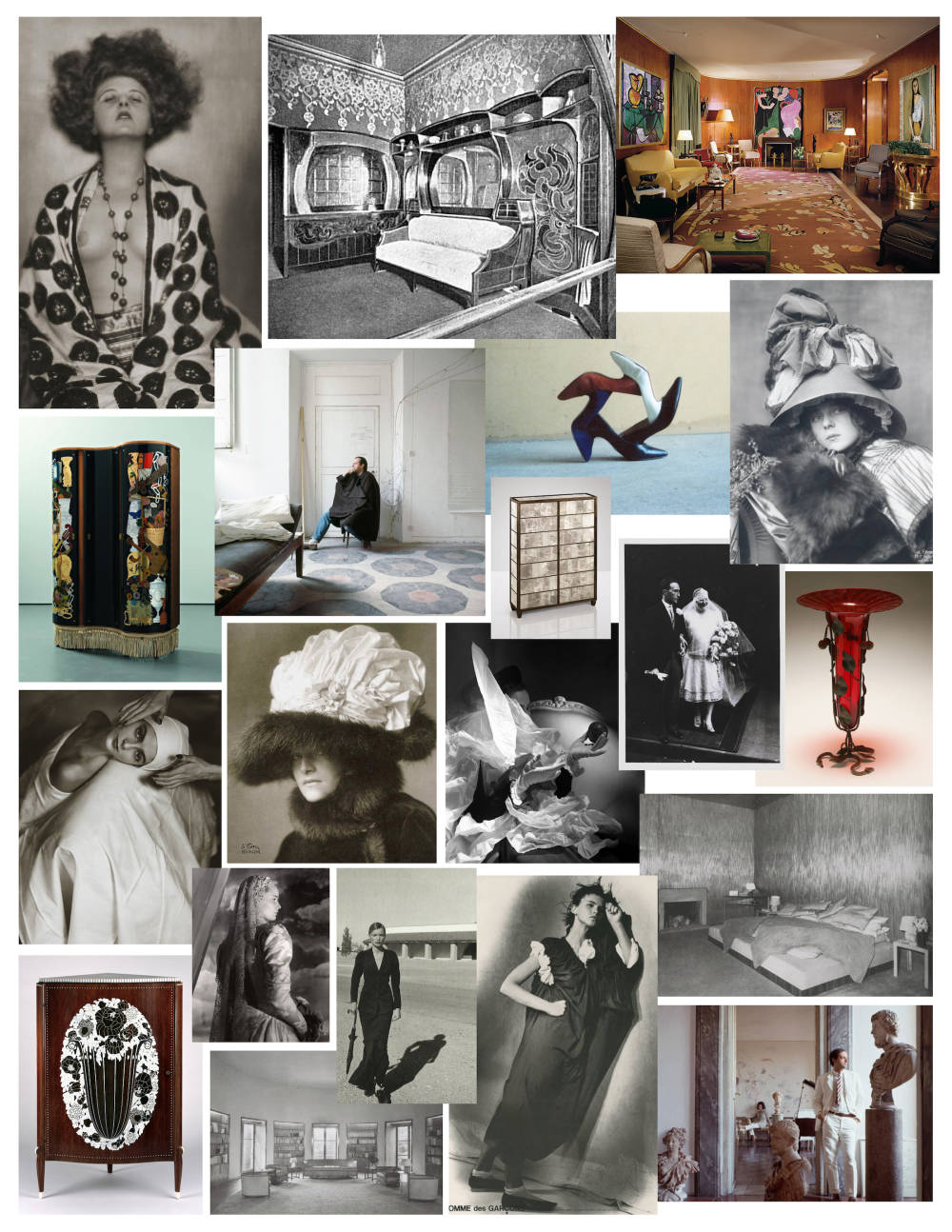
References
- 1
- 2
Umberto Bellotto
Red Glass Trumpet Vase in Floral Wrought Metal Base, 1920

Dora Kallmus
Dancer, Anita Berber, 1923
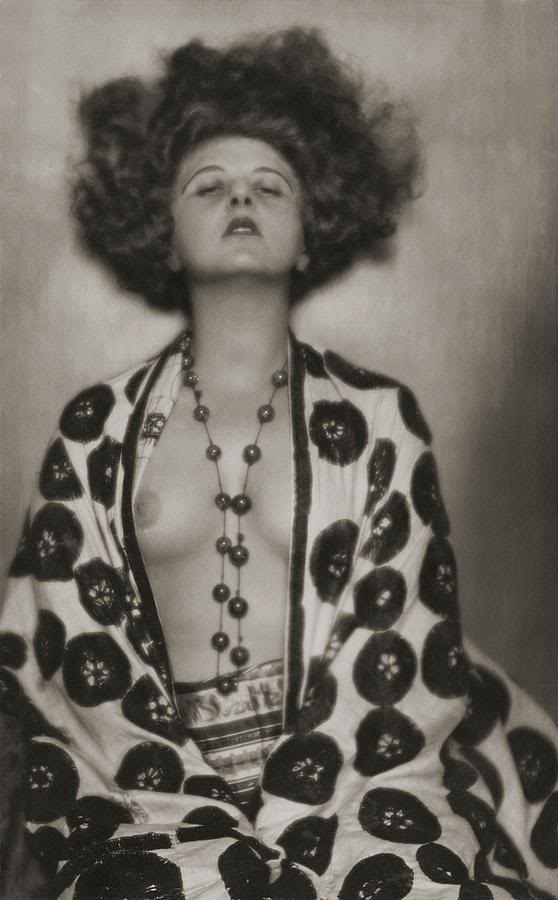
Emile-Jacques Ruhlmann
Corner Cabinet, 1923
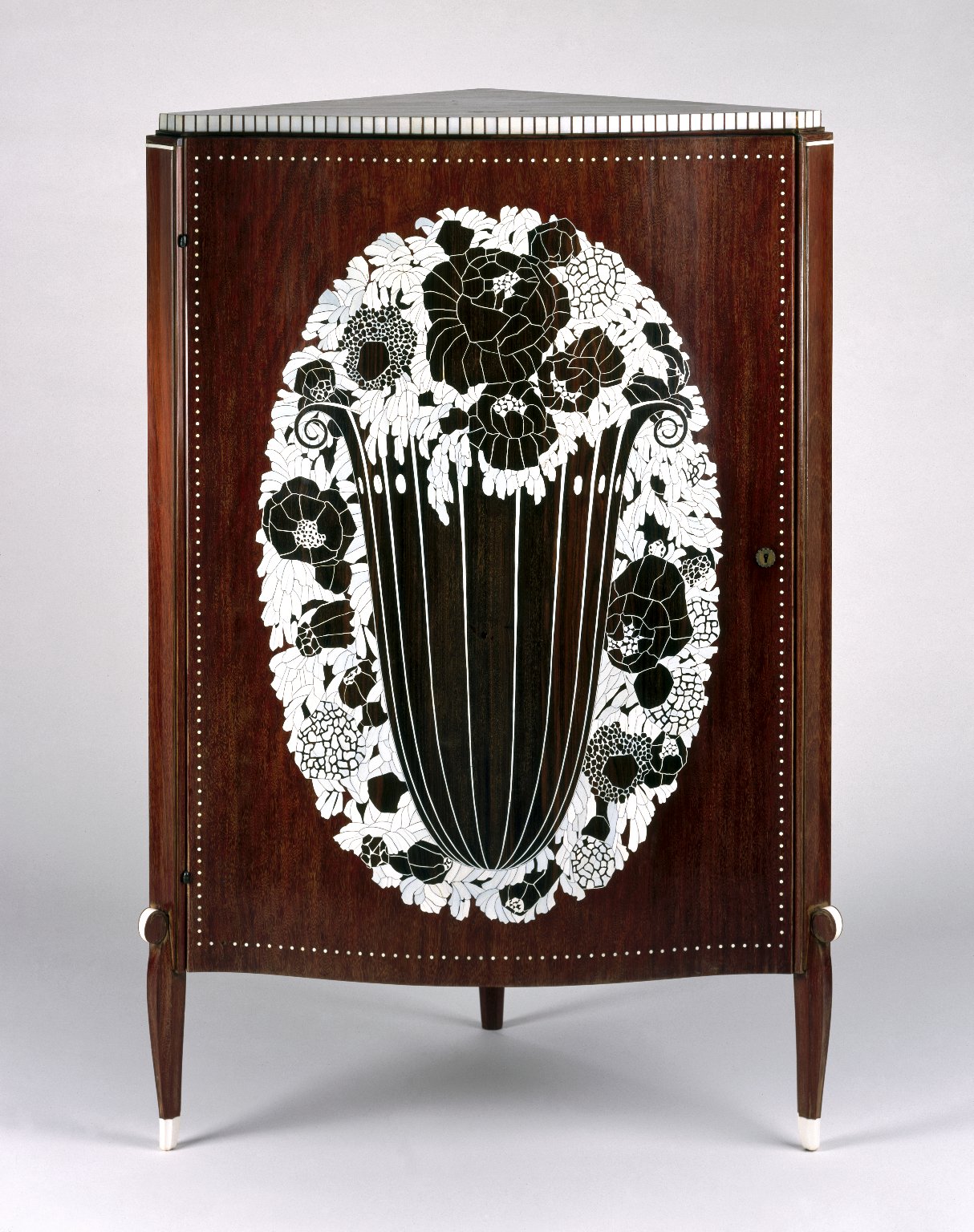
Dora Kallmus
Helene Jamrich
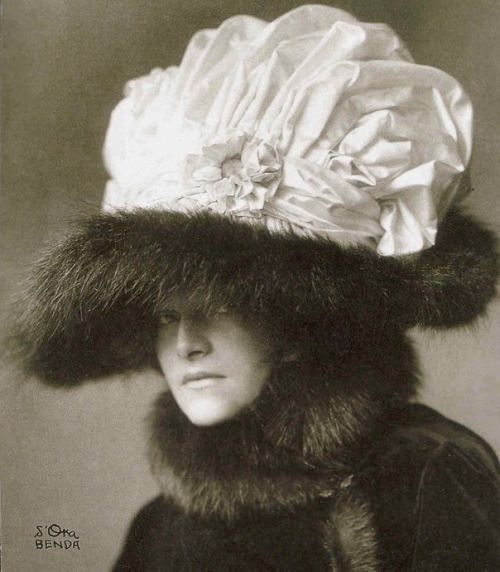
Fischli/ Weiss
The Three Sisters, 1984

Jean-Michel Frank
Nelson Rockefeller Apartment, 1934
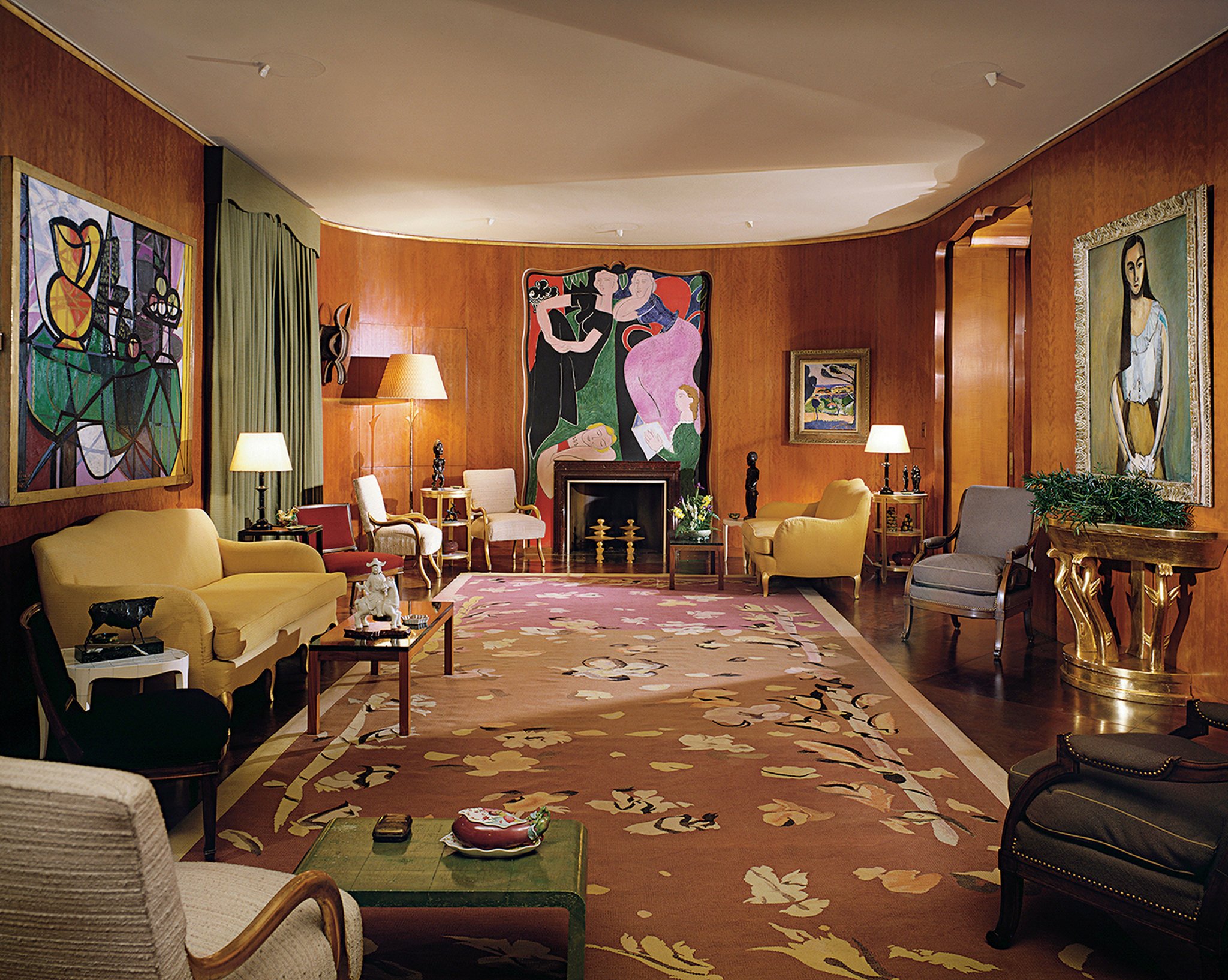
Horst P. Horst
Cy Twombly. Untitled #5, 1966
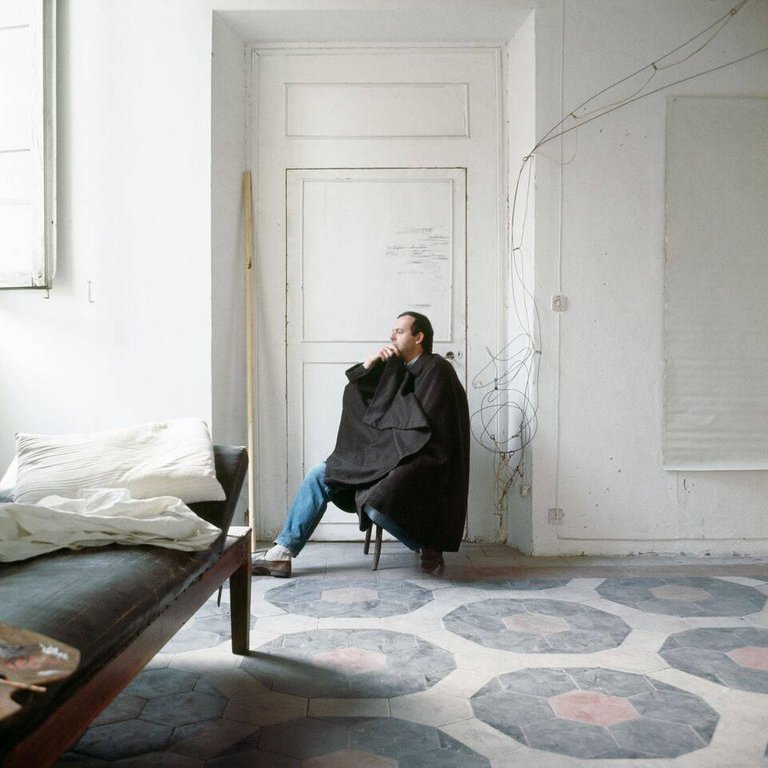
Dora Kallmus
D'Ora in Hat, 1910
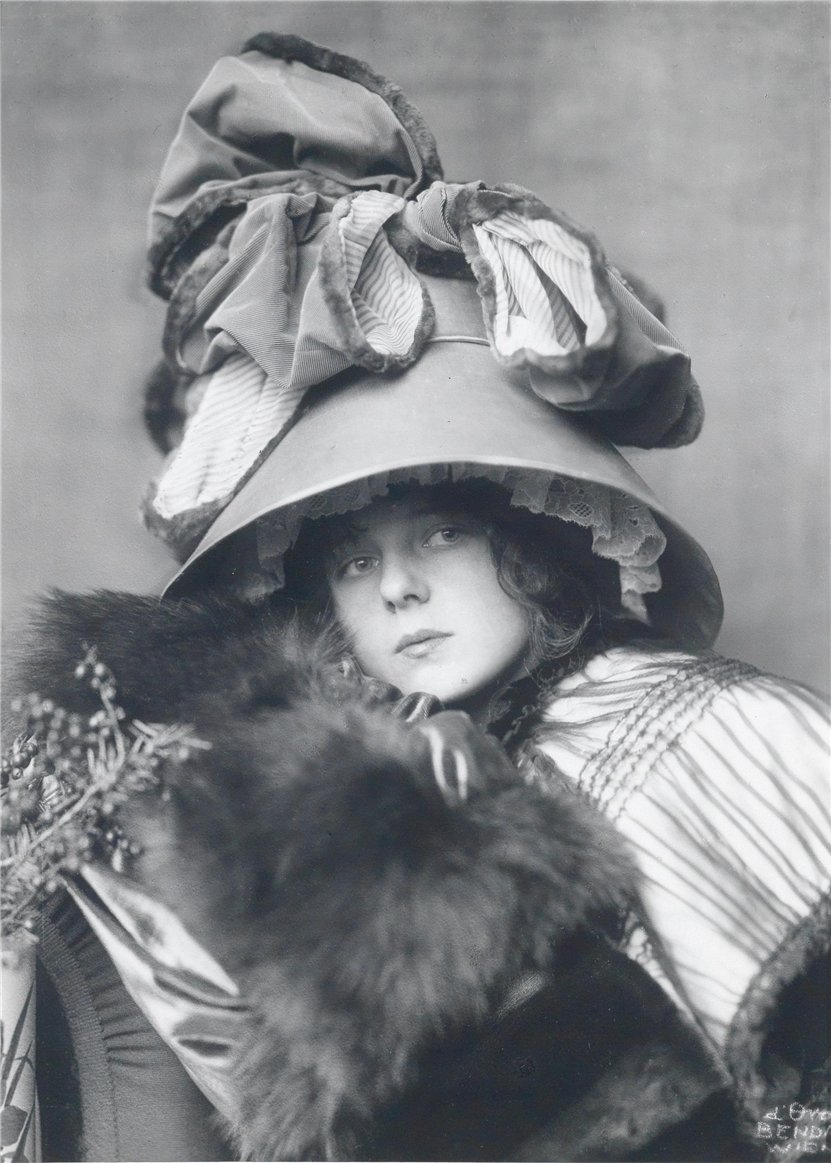
Jean-Michel Frank
Cabinet, 1935
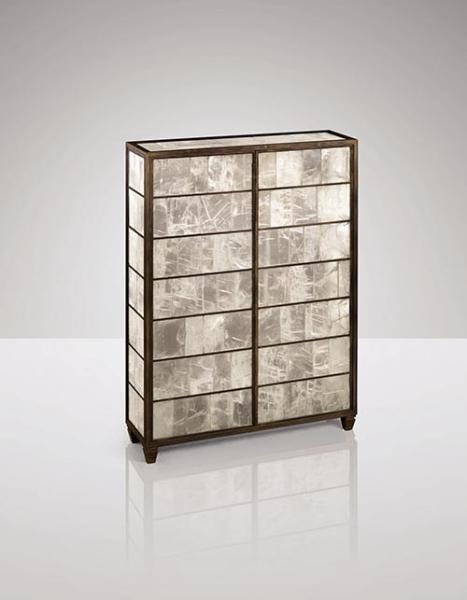
Henry van de Velde
Smoking Room,1895
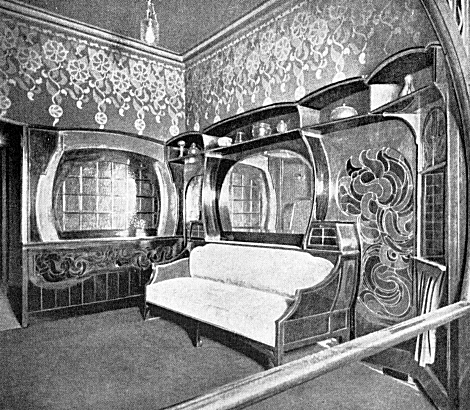
Horst P. Horst
'Carmen Face Massage, New York', 1946
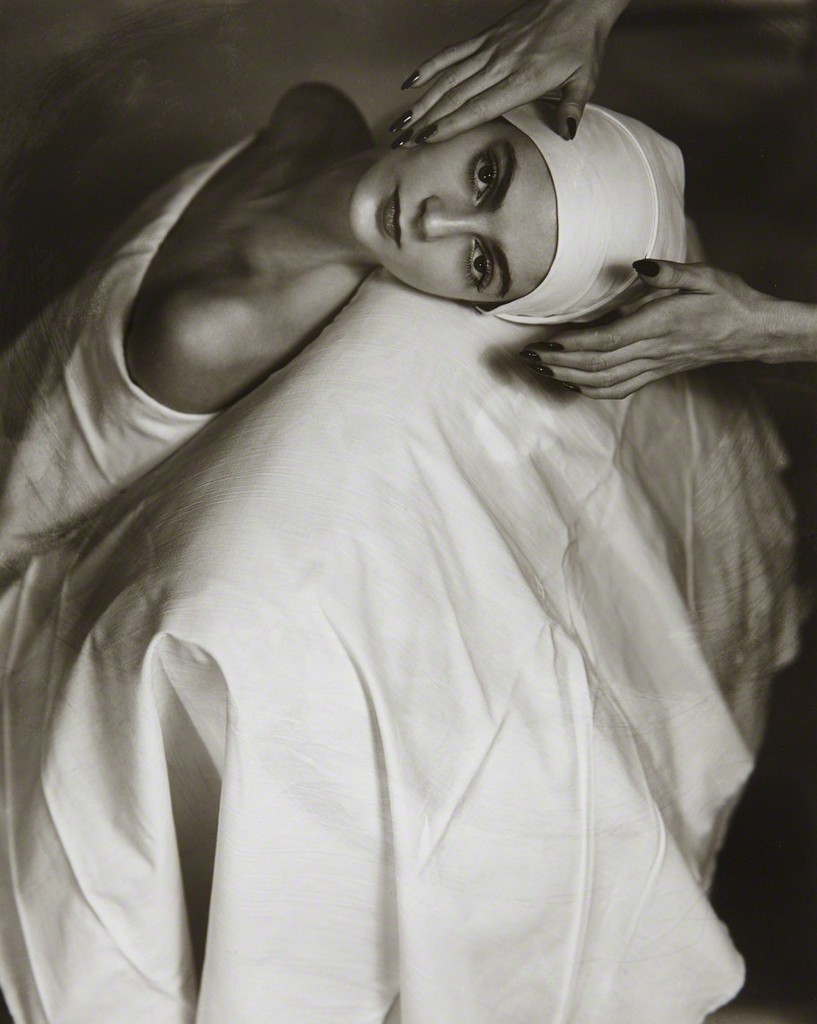
Gio Ponti and Piero Fornasetti
Unique Cabinet, 1940

Horst P. Horst
Cy Twombly and Tatiana Franchetti,1966
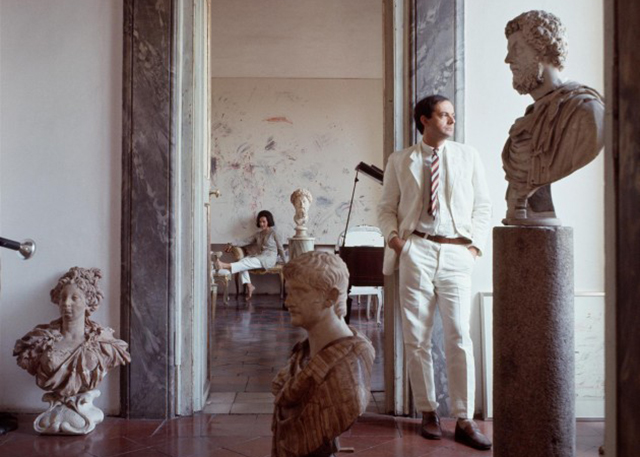
Jean-Michel Frank
Library of Mimi Pecci-Blunt, 1926
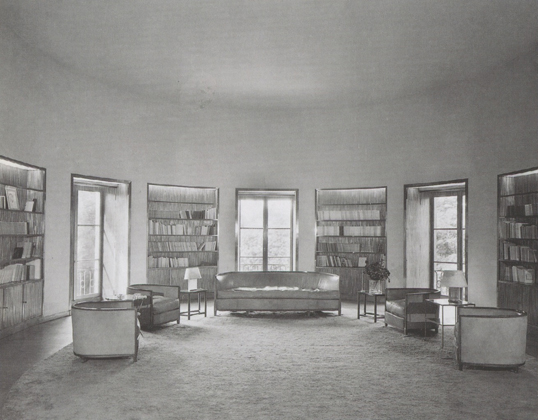
Horst P. Horst
Birthday Gloves, New York, 1947
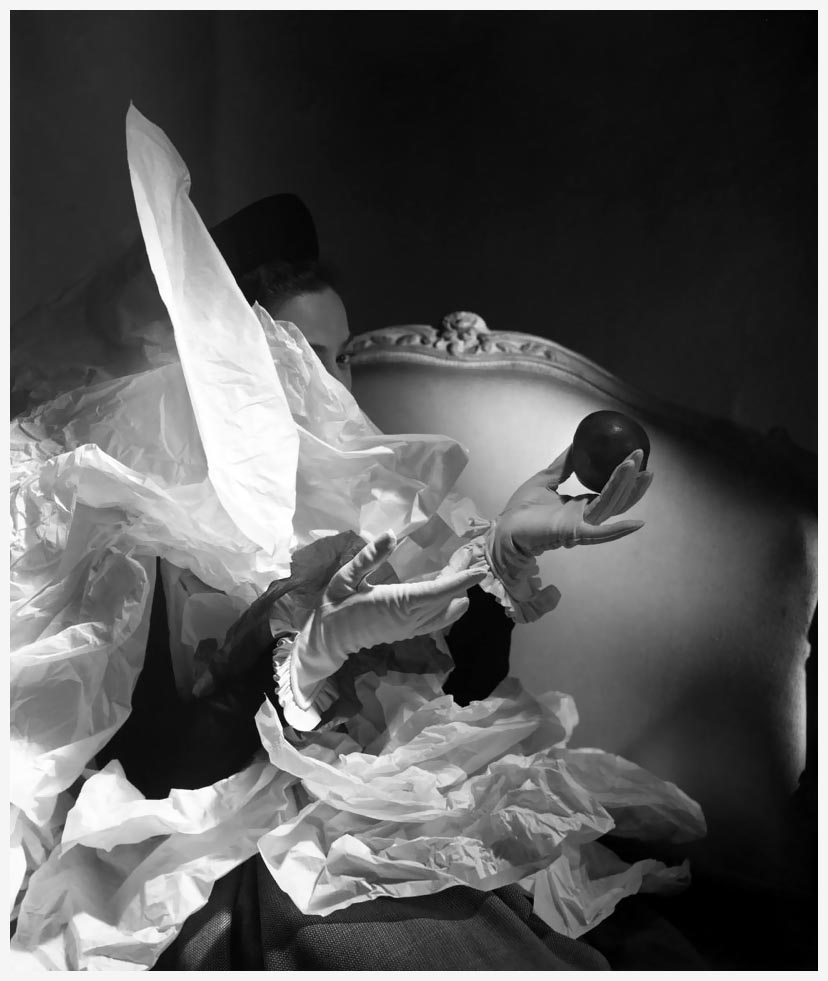
Jean-Michel Frank
Smoking Room in Jean-Michel Frank's Apartment, Paris, 1925

Horst P. Horst
Mrs. Henry Middleton, the Sandra Payson
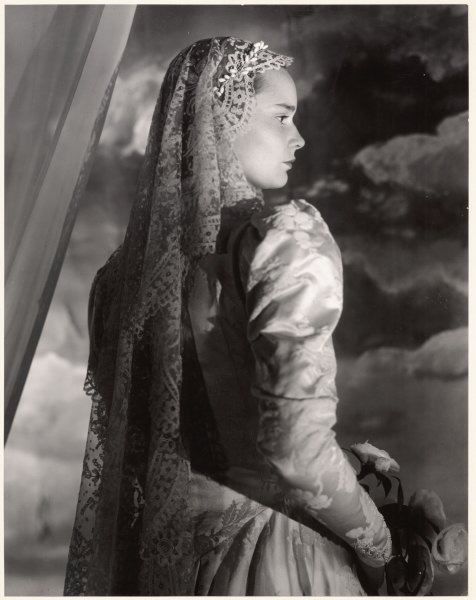
References
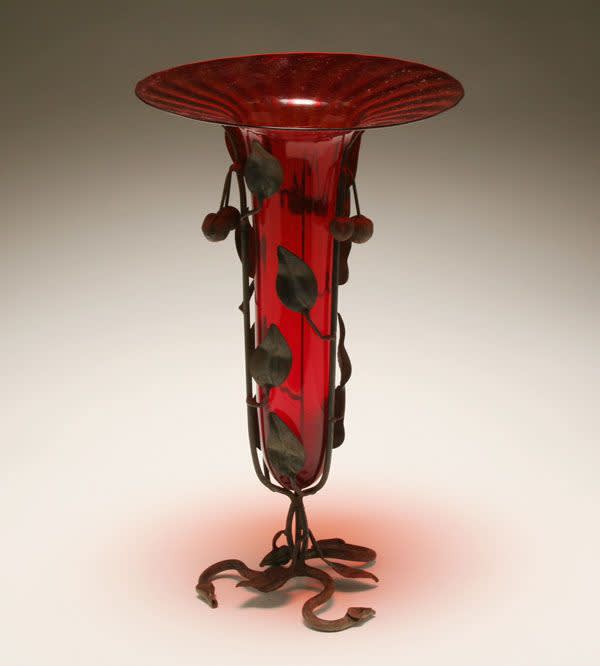
Umberto Bellotto
Red Glass Trumpet Vase in Floral Wrought Metal Base, 1920
1 of 20
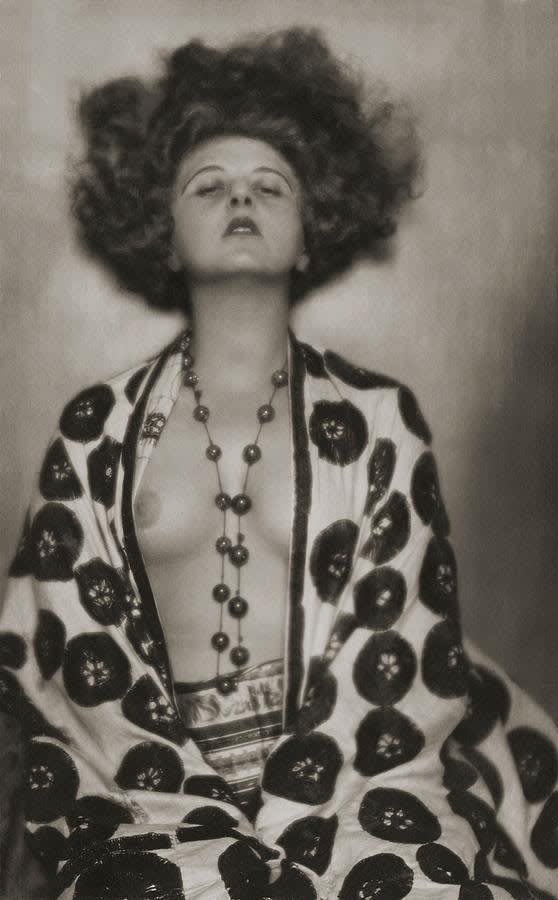
Dora Kallmus
Dancer, Anita Berber, 1923
2 of 20
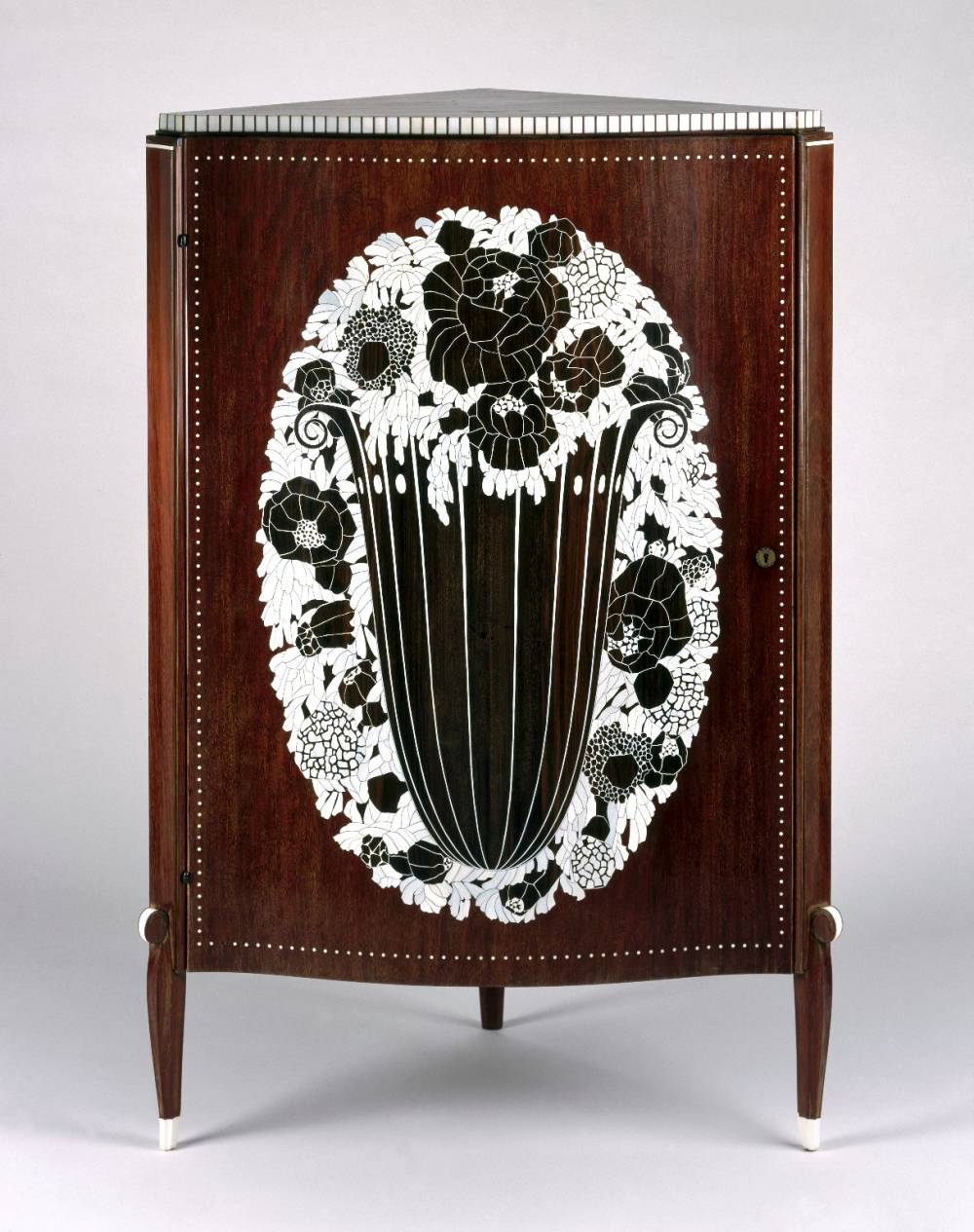
Emile-Jacques Ruhlmann
Corner Cabinet, 1923
3 of 20
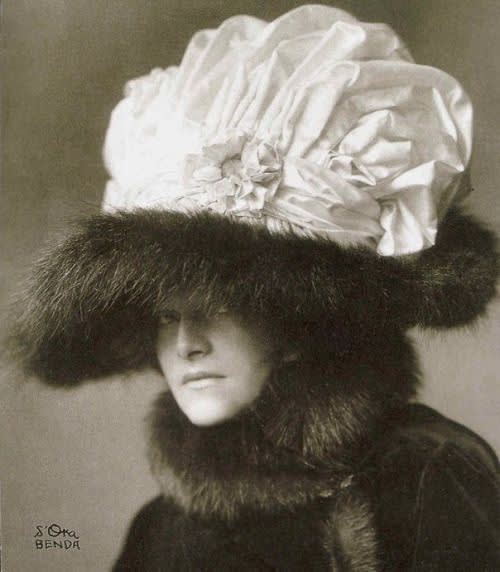
Dora Kallmus
Helene Jamrich
4 of 20
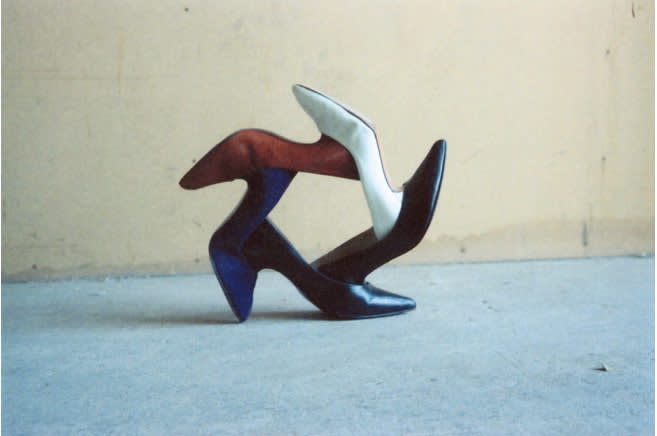
Fischli/ Weiss
The Three Sisters, 1984
6 of 20
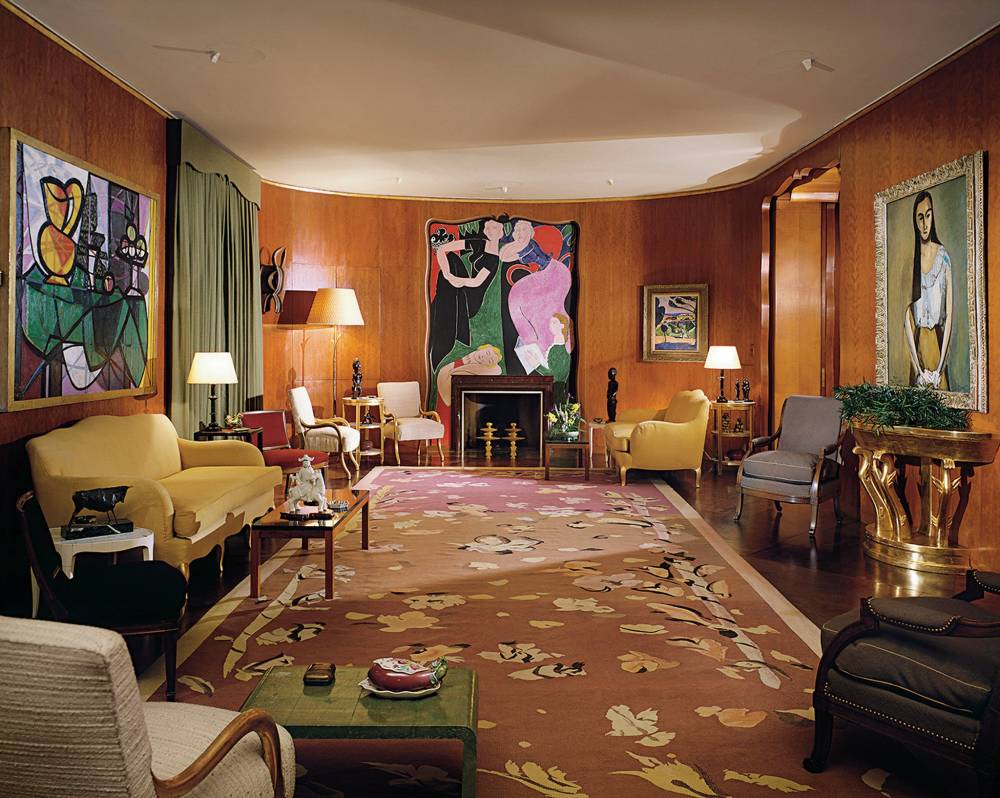
Jean-Michel Frank
Nelson Rockefeller Apartment, 1934
7 of 20

Horst P. Horst
Cy Twombly. Untitled #5, 1966
8 of 20
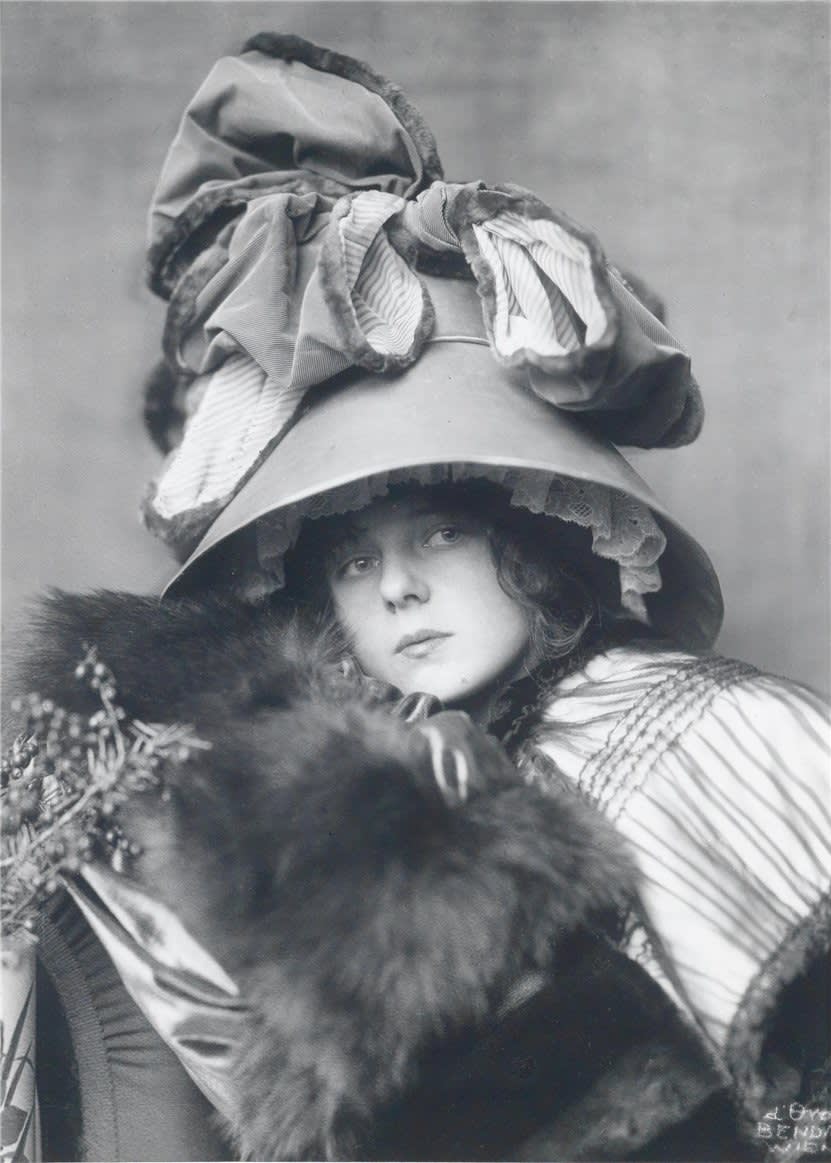
Dora Kallmus
D'Ora in Hat, 1910
9 of 20
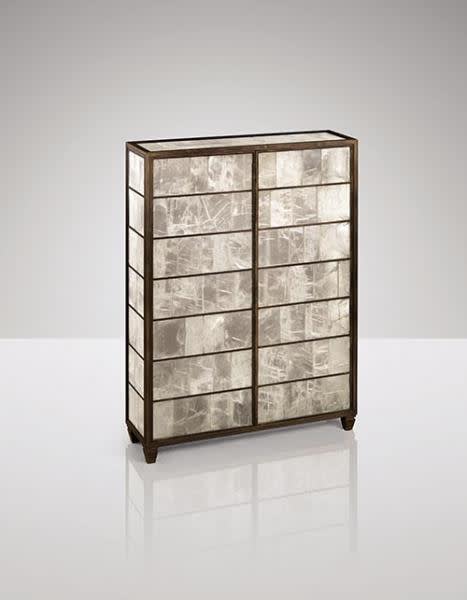
Jean-Michel Frank
Cabinet, 1935
10 of 20
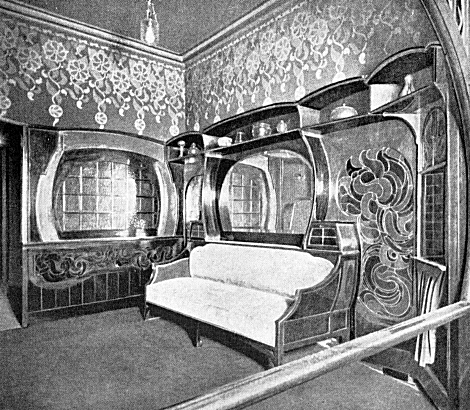
Henry van de Velde
Smoking Room,1895
11 of 20

Horst P. Horst
'Carmen Face Massage, New York', 1946
12 of 20
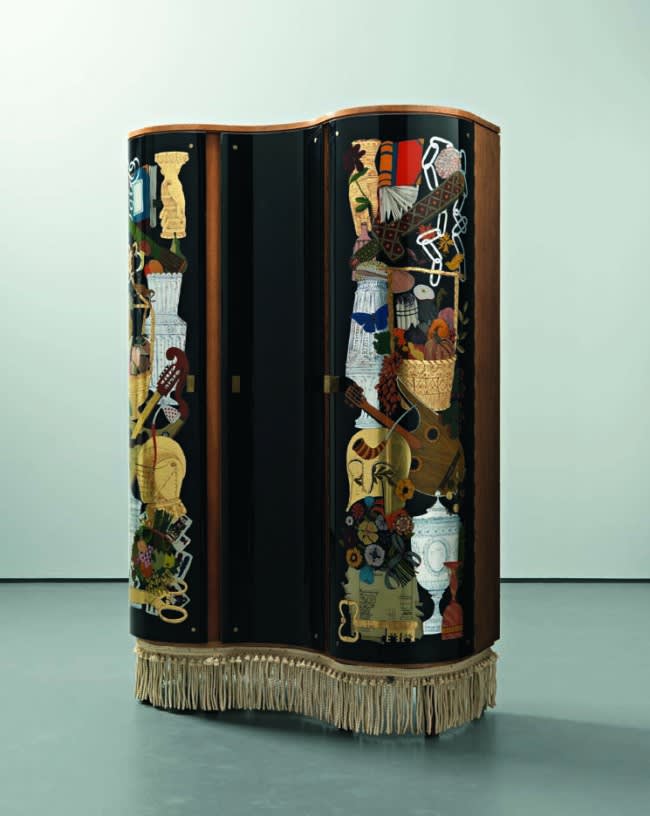
Gio Ponti and Piero Fornasetti
Unique Cabinet, 1940
13 of 20
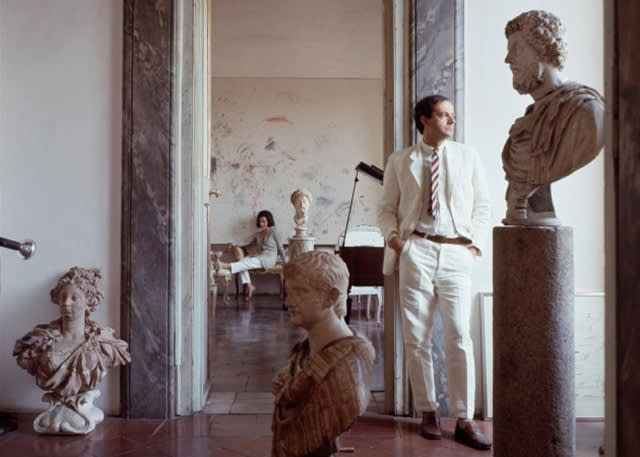
Horst P. Horst
Cy Twombly and Tatiana Franchetti,1966
14 of 20

Jean-Michel Frank
Library of Mimi Pecci-Blunt, 1926
15 of 20

Horst P. Horst
Birthday Gloves, New York, 1947
17 of 20
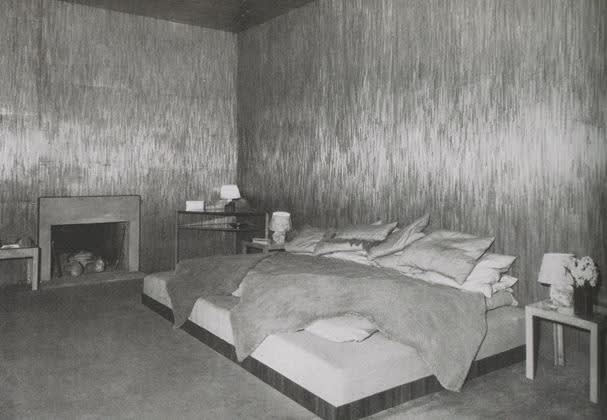
Jean-Michel Frank
Smoking Room in Jean-Michel Frank's Apartment, Paris, 1925
19 of 20
